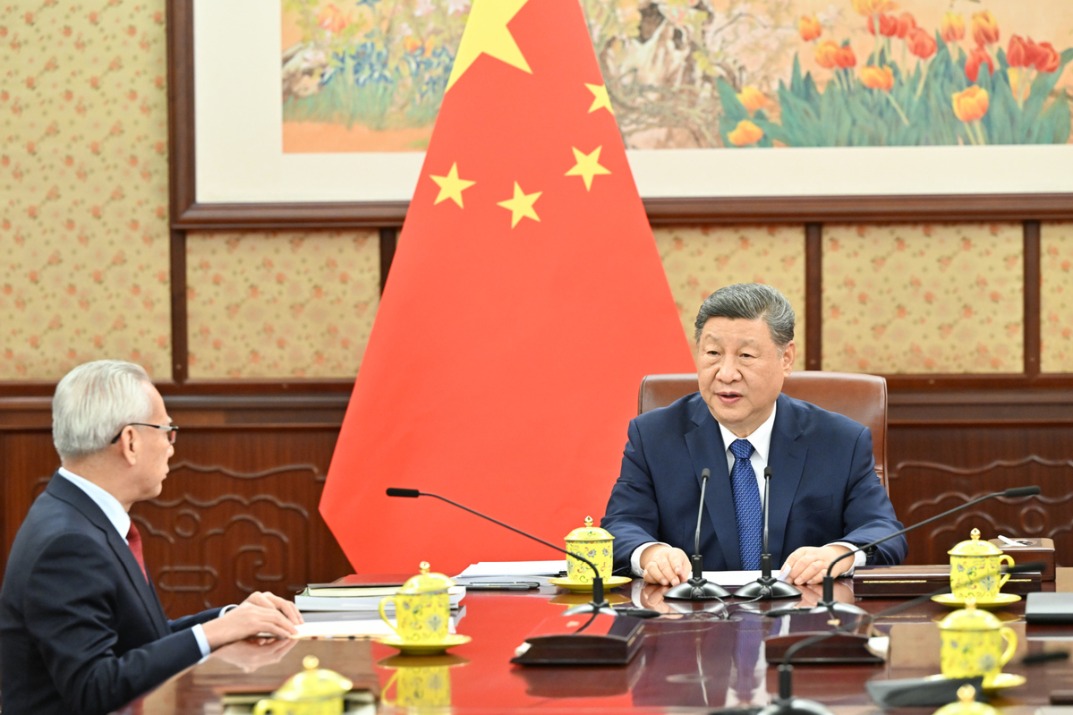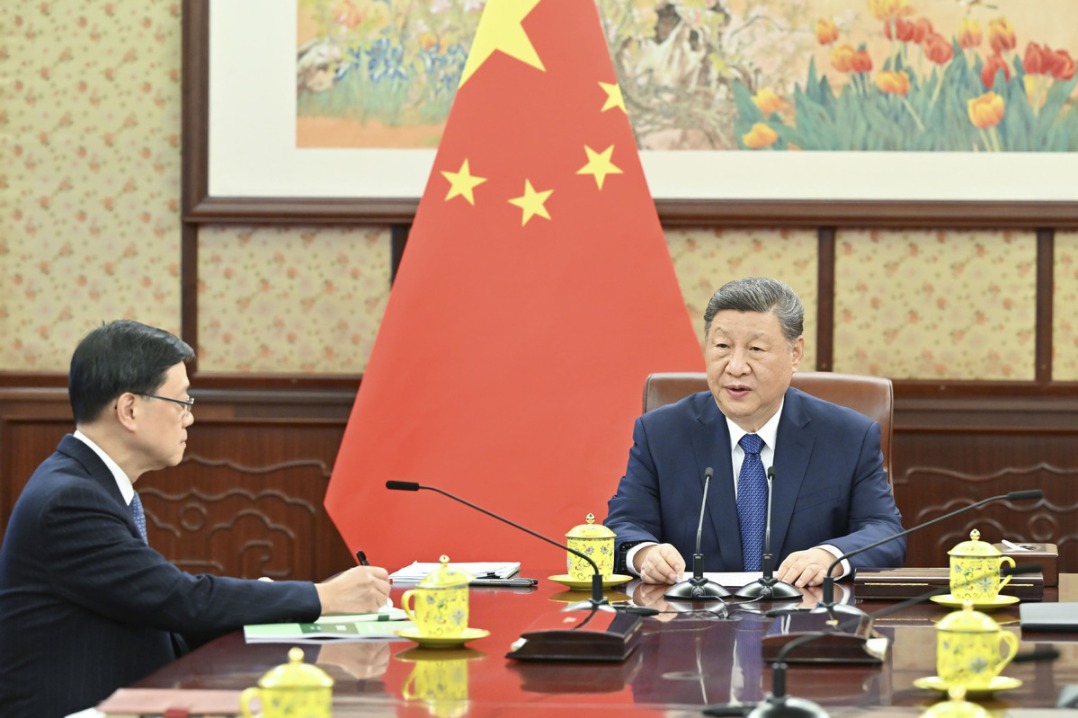Taste of Chinese acupuncture in New Zealand
Chinaculture.org | Updated: 2018-11-16 11:10

Co-organized by China Cultural Center in New Zealand, Network of International Culturalink Entities (NICE), and New Zealand School of Acupuncture and Traditional Chinese Medicine, an acupuncture-oriented lecture activity was held in Wellington, the capital city, on Nov 9.
Ju Ziyong, associate professor from the Shanghai University of Traditional Chinese Medicine and physician of the ShangHai Shuguang Hospital, was invited to share his academic research achievements and over 20-year clinical practice experience with students and acupuncturists who have been involved in Chinese acupuncture.
"Acupuncture is more than the representative of traditional Chinese medicine, but also one of the cultural symbols of China's cultural power. In 2010, acupuncture was included in the intangible cultural heritage of human beings and has been spread to more than 100 countries, including New Zealand," Ju said.
The data show that in 1979, there were 43 Chinese acupuncture indications approved by the World Health Organization, and 107 species were reached in 2002. With the worldwide awareness of acupuncture and the improvement of related basic research, the figure is growing.
One of the highlights at the event was that local students were invited to experience the traditional acupuncture treatment for different cases.
Meanwhile, a volunteer medical consultation activity targeted at the general public was well-received. And more than 30 participants expressed their interest in acupuncture.
Guo Zongguang, director of the China Cultural Center in New Zealand, said the center has been cooperating with New Zealand School of Acupuncture and Traditional Chinese Medicine for the past two years, which has enabled them to discover a new channel for people who are willing to dedicate themselves to traditional Chinese medicine and acupuncture.
According to Guo, related training also has been held for different ethnic groups, which not only passes on the essence of Chinese medicine in practice, but also integrates the tradition with local characteristics.
























